As adults, most of us cannot remember the last time our bodies felt amazing, capable of running, jumping, doing cartwheels and hanging upside down without pain or inhibition. Watching young children at a playground engaged in unstructured play reminds us of the days when our bodies were bursting with energy, moving effortlessly from one activity to the next as if gravity did not exist.
However, human children are not born that way. We are born helpless, a puddle of soft tissues and organs that are still developing. During the first year of life, we achieve developmental milestones as we learn to overcome gravity, first by lifting our heads, then rolling over, creeping, crawling, pulling up to standing, and finally taking our first tentative steps to become bipedal.
Those developmental milestones are hardwired into our DNA, triggering a natural progression from one stage to the next until we are able to run and play with reckless abandon. But for most of us, the pinnacle of our early development is short-lived. Lifestyle behaviors, injuries, and a host of circumstances beyond our control conspire to undermine our dynamic stability, robbing us of the joy of uninhibited movement.
or
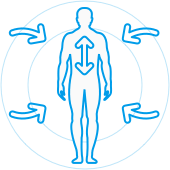
Dynamic neuromuscular stabilization (DNS) therapy is a method of tapping into your innate developmental software, to restore efficient muscle firing patterns and promote pain-free fluid movement. DNS rehab is used by elite athletes to override acquired compensation patterns, and by everyday patients suffering from pain syndromes and movement disorders.
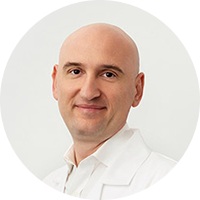
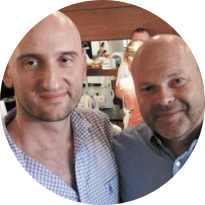
Dr. Kalika, clinical director of NUYDNRehab, was among the first to introduce DNS to the United States, and he remains one of only three certified DNS practitioners in NYC.
Dr. Kalika was first introduced to DNS while studying in Prague at the renowned Prague School of Rehabilitation. He trained under Dr. Pavel Kolar himself, who discovered and developed DNS therapy. Dr. Kalika was one of the early practitioners of DNS, acquiring his skills in DNS rehab, decades before it became widespread.
Dynamic neuromuscular stabilization is one of many innovative and alternative therapies available at NYDNRehab. Dr. Kalika and the NYDNRehab team are committed to helping patients move freely, without pain, and with reduced risk of injury.
Dr. Kalika’s expertise is sought by athletes, runners and ballet dancers in the United States who rely on his knowledge and experience to achieve and maintain peak performance.
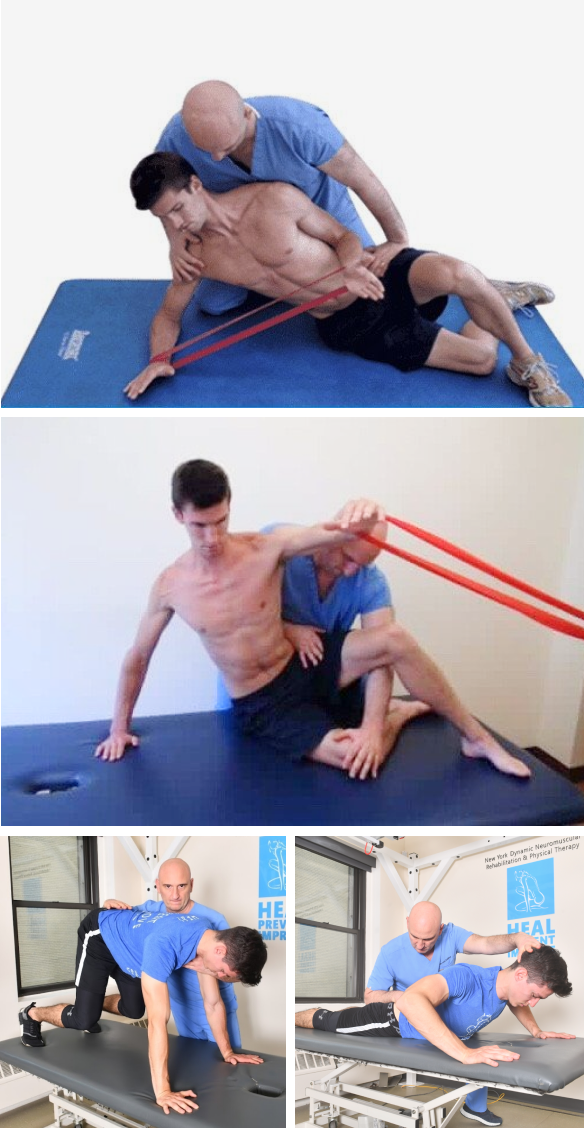
Dynamic stability is essential for any whole-body movement, but it entails more than just muscle strength. To achieve stability with the body in motion, you need precisely coordinated muscle firing patterns, combined with diaphragmatic breathing to create adequate intra‐abdominal pressure. Dynamic stability is achieved when the forces that stabilize the spine work together in harmony. Those forces are regulated by the central nervous system.
Dynamic Neuromuscular Stabilization (DNS) gives us the tools we need to assess and activate the intrinsic spinal stabilizers, as pre-programmed from birth. During the DNS assessment, a trained practitioner looks for key factors that indicate sub-optimal coordination of movement.
The goal of DNS is to restore stability to the trunk and to the integrated spinal stabilization system. During a DNS therapy session, the patient is placed in a position that mimics the posture of an infant at a specific stage of development.
Today, DNS therapy is more relevant than ever. The technological revolution has made humans more sedentary, less fit, and more overweight. Even young children are less active, and obesity among school-aged children is rampant. Unfit children grow into unfit and sedentary adults, and movement disorders abound.
Even elite athletes develop muscle imbalances and compensation patterns over time. Injuries from trauma and repetitive overuse can disrupt neuromuscular pathways between the brain and the body, resulting in sub-optimal muscle firing patterns that undermine performance and increase injury risk.
At NYDNRehab, we are always looking for new methodologies that can help our patients to achieve better movement, and overcome pain and injury. Our personalized one-on-one approach ensures that you will get the exact care you need for your unique condition.
DNS movement therapy may be just one of several non-invasive approaches in your treatment protocol. Our end goal is to get to the underlying cause of your pain and dysfunction, and eliminate it for good. We don’t stop until you achieve your rehab goals, without drugs or surgery.
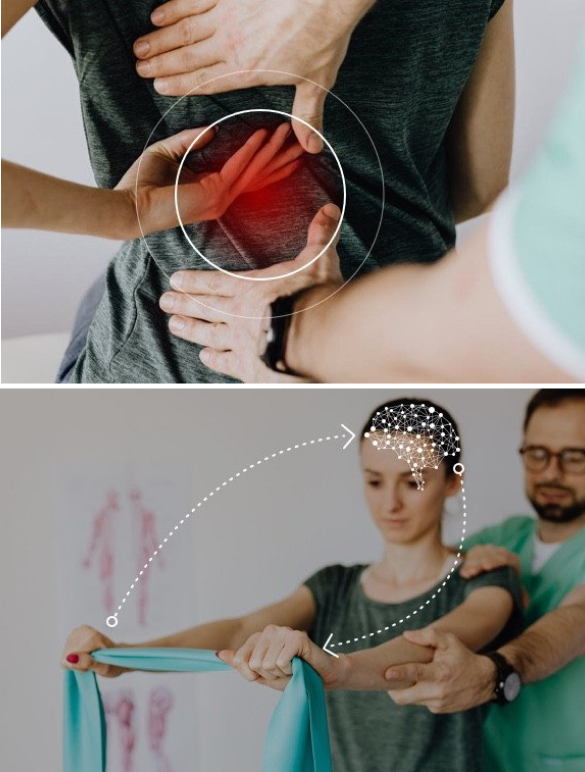
By the time we reach adulthood, most people have developed some undesirable motor patterns that can lead to pain and disability down the road. DNS therapy can help you to overcome bad postural habits and uncoordinated muscle firing patterns that make movement more difficult than necessary.
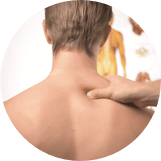
Dynamic neuromuscular stabilization (DNS) therapy is a method of tapping into your innate developmental software, to restore efficient muscle firing patterns and promote pain-free fluid movement. DNS rehab is used by elite athletes to override acquired compensation patterns, and by everyday patients suffering from pain syndromes and movement disorders.
Improved spinal stability
Enhanced balance
Improved posture
Greater ease of movement
Enhanced athletic performance
Improved coordination
Reduced risk of injury

In each position, the practitioner provides manual assistance and reflex stimulation to train the patient to access optimal activation patterns. Once a basic level of movement is achieved, therapy progresses to more demanding and advanced positions.
Anyone who wants to move better can benefit from dynamic neuromuscular stabilization therapy. If movement has become more difficult over time, DNS can help to restore efficient muscle firing patterns that improve coordination, balance and posture. Dr. Kalika’s training under Pavel Kolar and his years of experience as a DNS practitioner make NYDNRehab the clinic of choice for DNS therapy in NYC.
Dr. Kalika is currently a certified member of:
American Institute of Ultrasound Medicine

Active member of ISMST
International Society of Extra Corporeal Shockwave Therapy
Active member of GCMAS
Gait and Clinical Movement Analysis Society
Active member of NASS
North American Spine Society
Active member of IADMS
International Association of Dance Medicine and Science
Active member of Virtual Rehabilitation Society
Active member of ASRA
American Society of Regional Anesthesia and Pain Medicine
American Academy
Association of Orthopedic Medicine
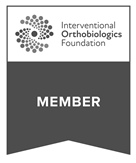
Active member of Interventional Orthobiologics Foundation

Dr. Lev Kalika has been working to revolutionize physical medicine, rehabilitation, sports medicine and athletic performance since 1998. He went to Prague to work side-by-side with Dr. Pavel Kolar, creator of DNS (Dynamic Neuromuscular Stabilization). After studying with Kolar and certifying in DNS, Dr. Kalika was the first to introduce DNS therapy to his New York patients. Dr.Kalika’s modern approach to athletic injuries has put him on the radar of some of the world’s top distance runners, pro athletes and professional ballet dancers.
 Dr. Yuri Brosgol
MD
Dr. Yuri Brosgol
MD
 Dr. Michael Goynatsky
DPT
Dr. Michael Goynatsky
DPT
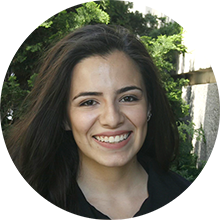 Dr. Daniela Escudero
DPT
Dr. Daniela Escudero
DPT
 Dr. Michelle Agyakwah
DC
Dr. Michelle Agyakwah
DC
 Dr. Tatyana Kapustina
L. Ac.
Dr. Tatyana Kapustina
L. Ac.
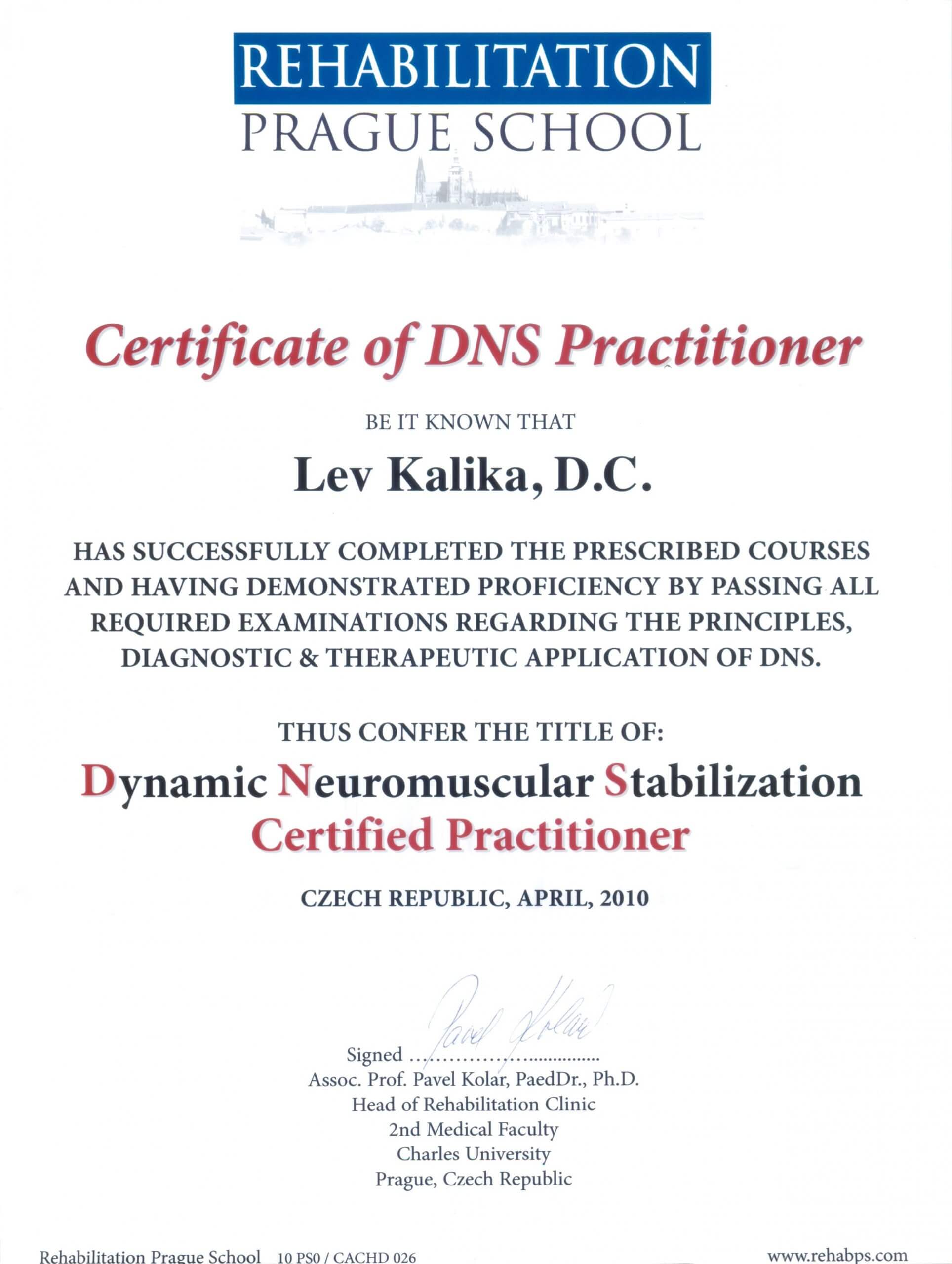
In 1997 Dr. Kalika moved to Prague to work with world renowned rehabilitation specialists Dr. Vladimir Janda and Dr. Karel Lewitt. There he met physical therapist Dr. Pavel Kolar, creator of the dynamic neuromuscular stabilization method (DNS). Dr. Kalika worked one-on-one with Dr. Kolar to learn DNS, returning to New York in 2000 to introduce DNS through his clinical practice. In 2010, once a certification program was in place, Dr. Kalika became one of the first certified DNS practitioners in the United States.
November 20, 2025
Dynamic neuromuscular stability is sometimes referred to improve sports performance by optimizing the efficiency of motion.
When compared tops.
DNS is the only therapeutic method tomatic, providing a basis for healthy and efficient movement.
Conventional Physical therapy works by strengthening weakened muscles in isolation from the rest of the locomoto the patient.
Follow thIs link for more information about physical therapy in NYC.
Unlike conventional physical therapy, DNS doctor-patient dependency.
The advantages of DNS over conventional physical therapy give patients with neuromuscular disorders a superior alternative to commercially established methods of treatment.
DNS was invented by Pavel Kolar, a pediatric physiotherapist. DNS is based on the natural development of the human infant. The infant learns in a progressive and natural way to control posture and move with purpose. All infants exhibit the same progression of postures during the first year of development.
Beneath the “core” muscles lies “the deep core.” The deep core relies on the balanced use of the deep cervical flexors, the spinal extensors, the diaphragm, the pelvic floor, and the abdominal muscles tomatic and subconscious control.
Recruitment of the deep core tore or improve the precise muscular coordination and timing of the deep core can improve the efficiency of movement.
Kolar introduced the concept of “joint centration” to chronic lower back pain. Individuals who don’t use the diaphragm effectively for postural control experience increased compressive forces on the spine, preventing the spine from achieving centration.
If one link in a motor patterns can cause chronic pain, injuries, and reduced performance.
When trying tom. Focusing on core stability first before addressing the injured or weak limb may seem counter-intuitive, but it works very well.
Examining the entire motor patterns can be re-wired by retraining the brain.
The DNS approach to identify weak links in core stabilization.
Once a weak link has been identified, a series of active exercises are prescribed toring joint centration.
These exercises were developed by studying the motomatic.
The use of infant movement patterns is based on the idea that the human brain is designed to basics” or “re-booting” the brain’s motion pattern processor.
Once the correct motion patterns have been re-trained in the brain, they are used effortlessly in daily life and in sports Using the correct movement patterns sto heal. It can also prevent injuries from occurring in the first place, and it may improve sports performance.
Dr. Lev Kalika is a world-recognized expert in musculoskeletal medicine. with 20+ years of clinical experience in diagnostic musculoskeletal ultrasonography, rehabilitative sports medicine and conservative orthopedics. In addition to operating his clinical practice in Manhattan, he regularly publishes peer-reviewed research on ultrasound-guided therapies and procedures. He serves as a peer reviewer for Springer Nature.
Dr. Kalika is an esteemed member of multiple professional organizations, including: